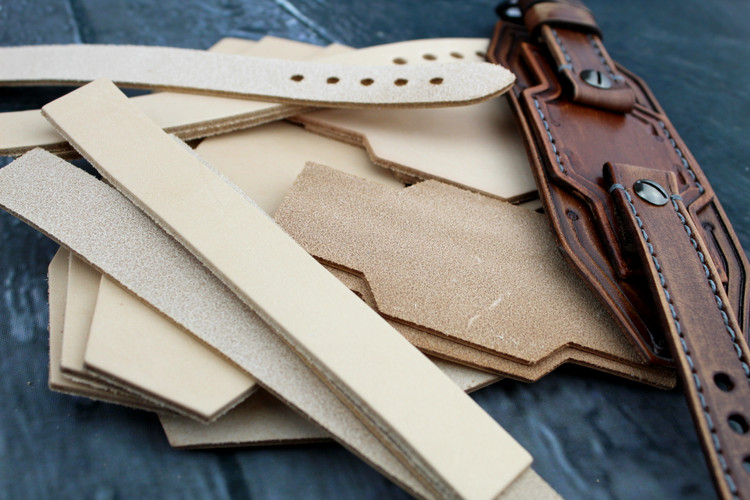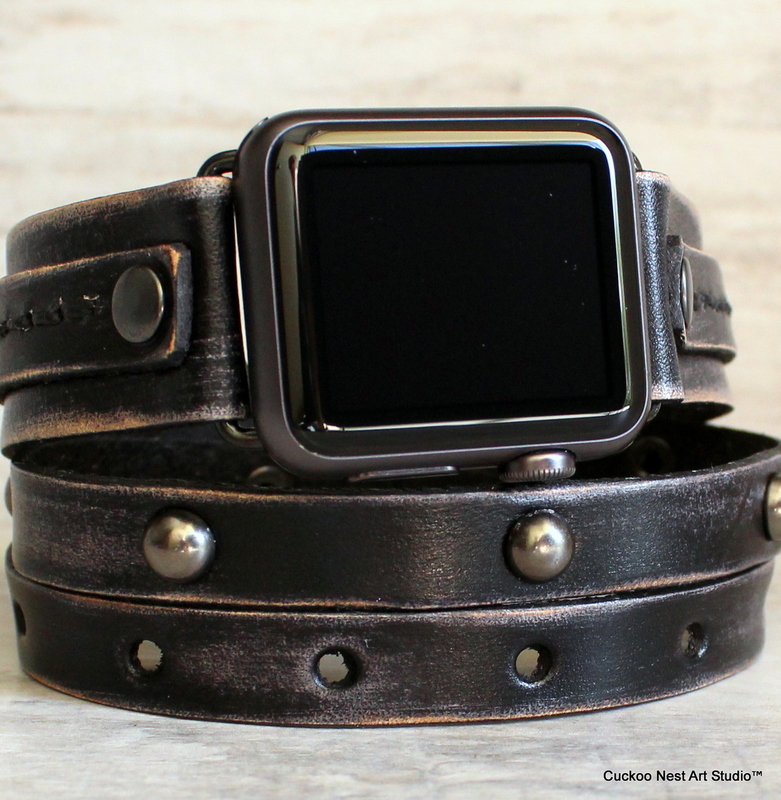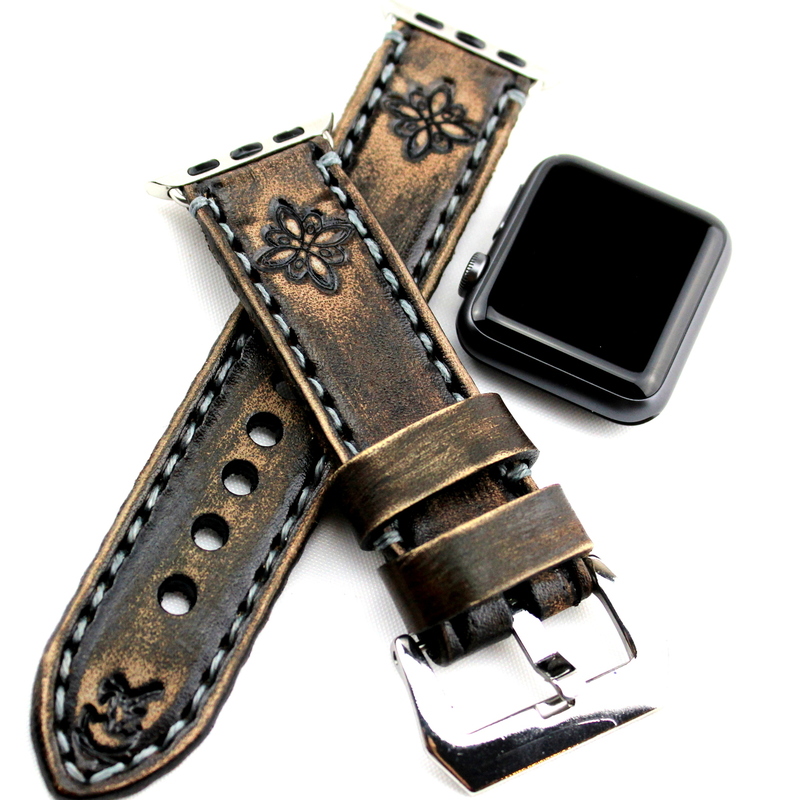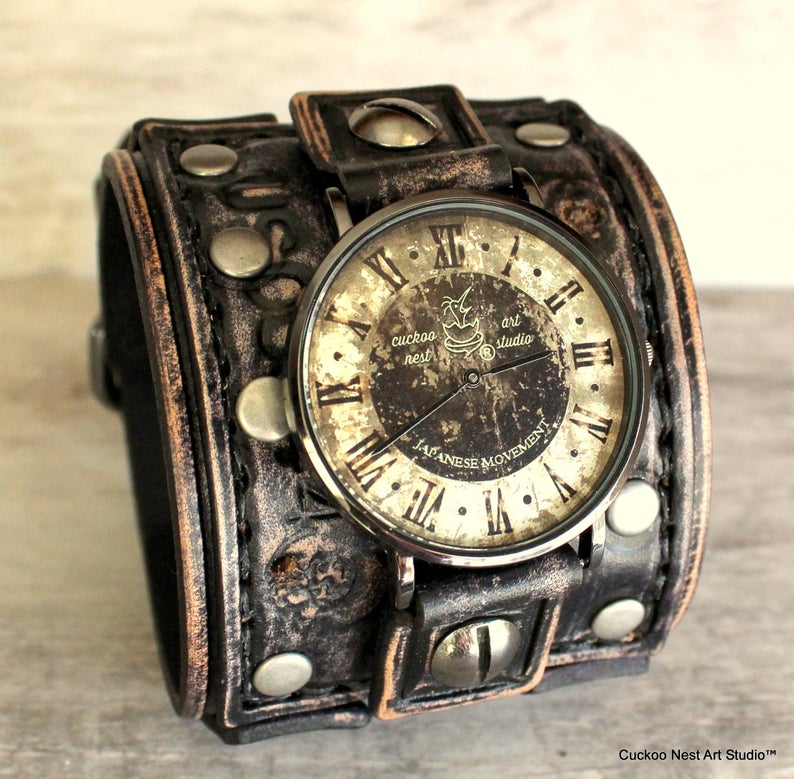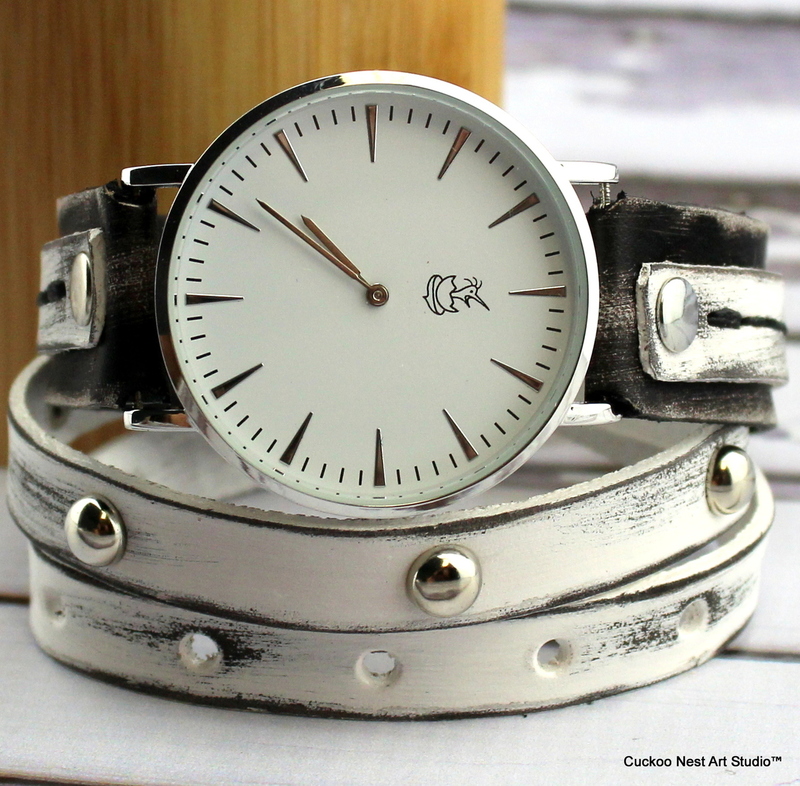Aug 26th 2019
A Guide To The 5 Basic Leather Grades
Made from tanning animal skins or hides, leather is a flexible and durable material that comes in a variety of different grades. Although there are an endless amount of leather grades out there, leather generally falls into five categories:
- Full Grain Leather
- Top Grain Leather
- Split Grain Leather
- Genuine Leather
- Bonded Leather
Splitting the Hide
When cowhide is turned into leather it goes through a process where the hide is split. This happens before the leather becomes treated and tanned, and is what separates some of the different grades of the leather.
During the splitting process, the raw cowhide is split into two pieces by a cutting blade. The top cut then becomes the full or top grain depending on how it is further processed. The bottom cut is called the split, a weaker and thinner piece that is often used for lesser quality leather goods.
The hide is typically split based on the thickness of the top cut desired by the customer. Therefore, the top cut is the most valuable cut while the bottom cut is usually split into further layers. Here are the two categories of leather grades that are processed from the top cut:
Full Grain Leather
Full grain leather contains the complete and intact grain of the hide. It’s the most durable, often so resistant to wear that it outlives its own stitching. It is the best quality of leather on the market as it does not tear and undergoes the least amount of processing after it’s been split.
One of the most common processes for full grain leathers is vegetable tanned leather. Vegetable tanned leather uses organic material and natural tannins to give the leather rich and deep colors that complement the earthy nature of leather. Vegetable tanned leather is also known by its sweet and woody smell that many people associate with the smell of leather. Vegetable tanned leather is usually much sturdier, and because the fibers of the animal hide are visible, the leather appears more unique and natural than other processes of leather.
Full grain leather samples:
Another common leather process for full grain leather is distressed leather. Distressed leather involves purposefully simulating marks of age and wear to give the leather a vintage look. You can distress the leather yourself by scratching the leather and then repairing it by adding oils back in. Although full grain leather scratches easily, it repairs easily as well, making it the best quality and most natural of all the leather grades.
Top Grain Leather
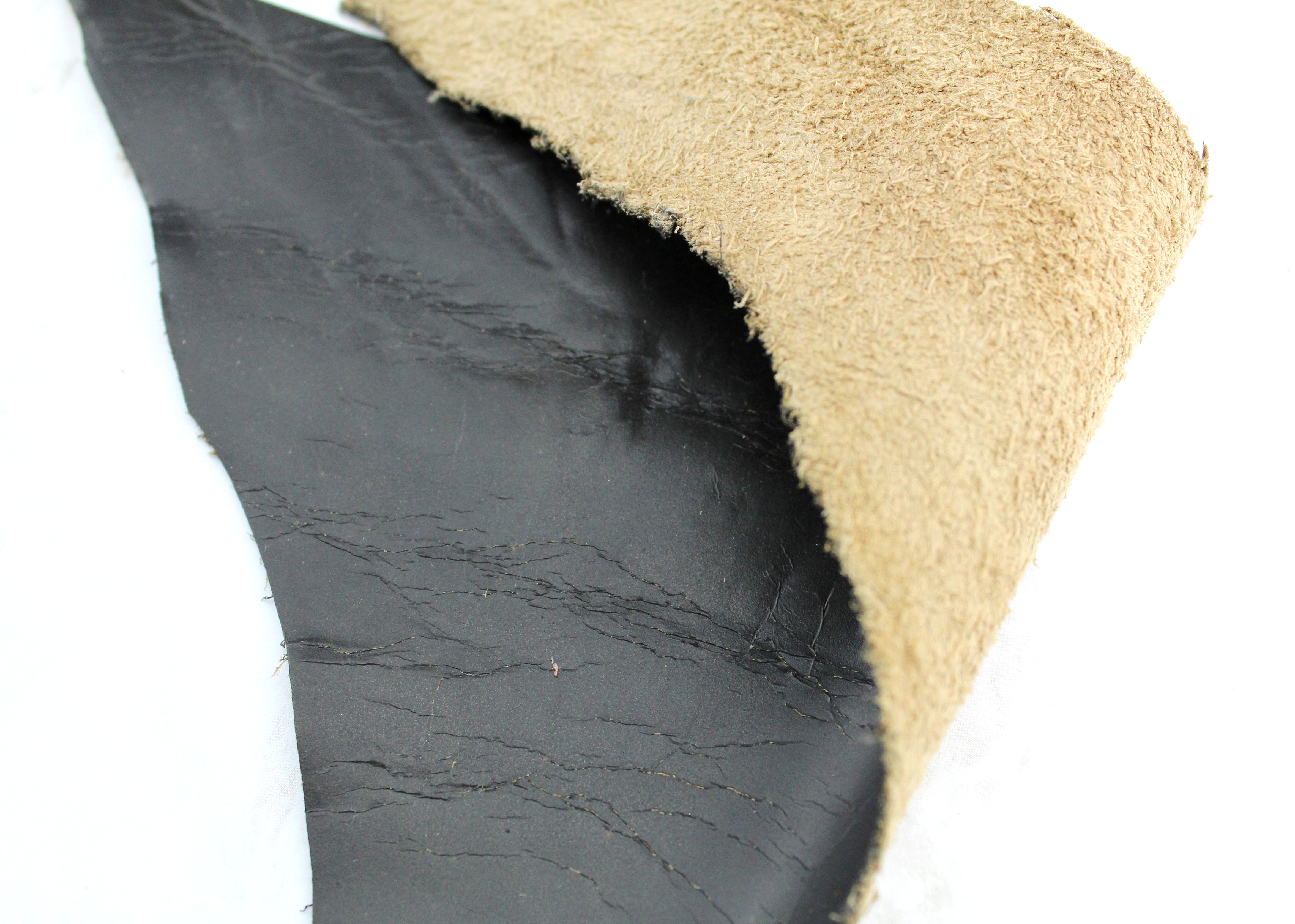
Top grain leather takes the top cut of the hide and buffs and sands the surface before further pigmenting the leather. This causes the leather to appear smoother than full grain leather, although it loses some of the uniqueness of the quality of the leather. It also causes the leather to age faster, as the leather can no longer form a patina and heal itself through oil absorption the way full grain leather does.
However, this pigmentation process does make top grain leather more water and stain-resistant as the leather will be much less porous than full grain leather. And don’t think that all kinds of top grain leather are the same kind of quality: some top grain leathers are more heavily processed than others and are more susceptible to wearing and aging. When it comes to choosing leather grades, always go with the full grain leather if you can.
Although top grain leather is not nearly as high quality as full grain leather, it is usually a higher quality than anything from the bottom cut. Here are the three leather grades made from the bottom cut of the leather:
Split Grain Leather
This contains none of the hide’s grain, and is usually used for the inner linings of other leather products (i.e. wallets, jackets, handbags). One of the most common types of split grain leather is suede, although the suede used for linings is a different kind of suede than the one typically used in making boots.
Genuine Leather

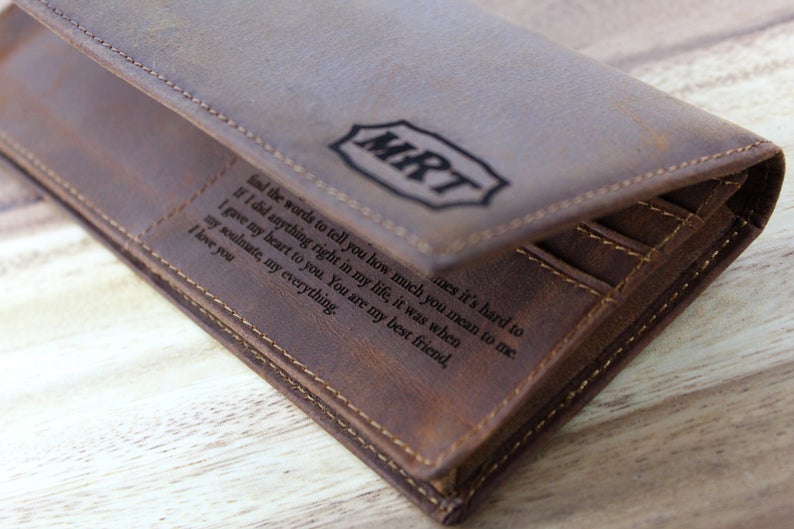

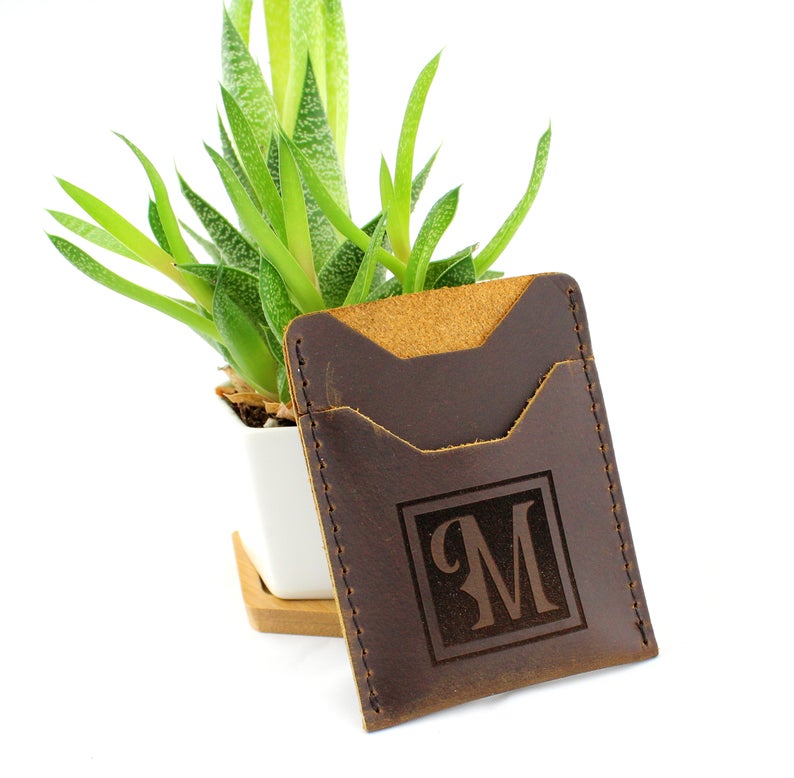
Don’t let the name fool you— this is not the highest quality leather on the market. Genuine leather is ironically one of the lowest quality leather grades, beaten out only by bonded leather, which is the very lowest leather grade. Genuine leather is made from the bottom cut of the hide, has none of the grain, and is heavily processed.
If a product is described as genuine leather, they’re using a marketing ploy to try and convince you that you’re buying a high quality product. Don’t be deceived, but do know the quality of the product you purchase.
Bonded Leather

The very lowest quality leather grade out there, bonded leather is made by bonding together leather scraps, leather dust, vinyl, glue, and plastic. Bonded leather is not incredibly resilient, so you would be better off avoiding this leather grade altogether.
When it comes to shopping for leather, the first thing you have to do is find out what the leather grade is of the leather you’re buying. If it’s a full grain leather, you’re in the clear. But if it’s anything from the bottom cut, just know that you’re buying a product that’s made from a lower quality of leather. This means it will likely be less durable and more prone to wear and aging.
One of the biggest benefits of full grain leather is the natural and durable quality of the leather. If you find a product made from full grain leather, you know you’re using the cowhide how it was meant to be used. If you’re unsure whether or not the leather in a product is real, waving a lighter against it will tell you in an instant. If you wave it briefly on the side of the leather, avoiding the thread, real leather won’t be harmed. If it’s plastic, however, it will burn quickly. You pay more for full grain leather, so be sure that you’re getting your money’s worth with a genuine product.

